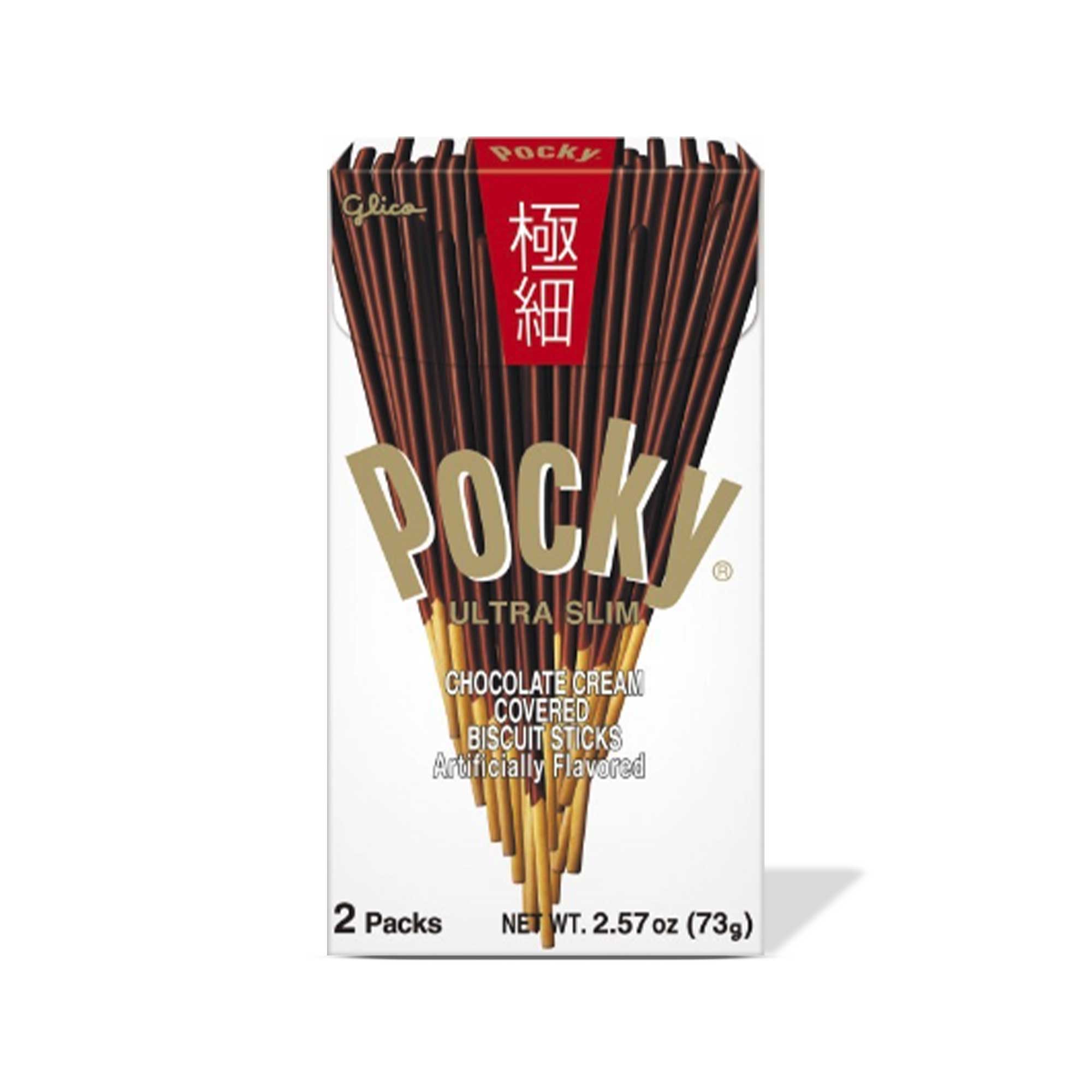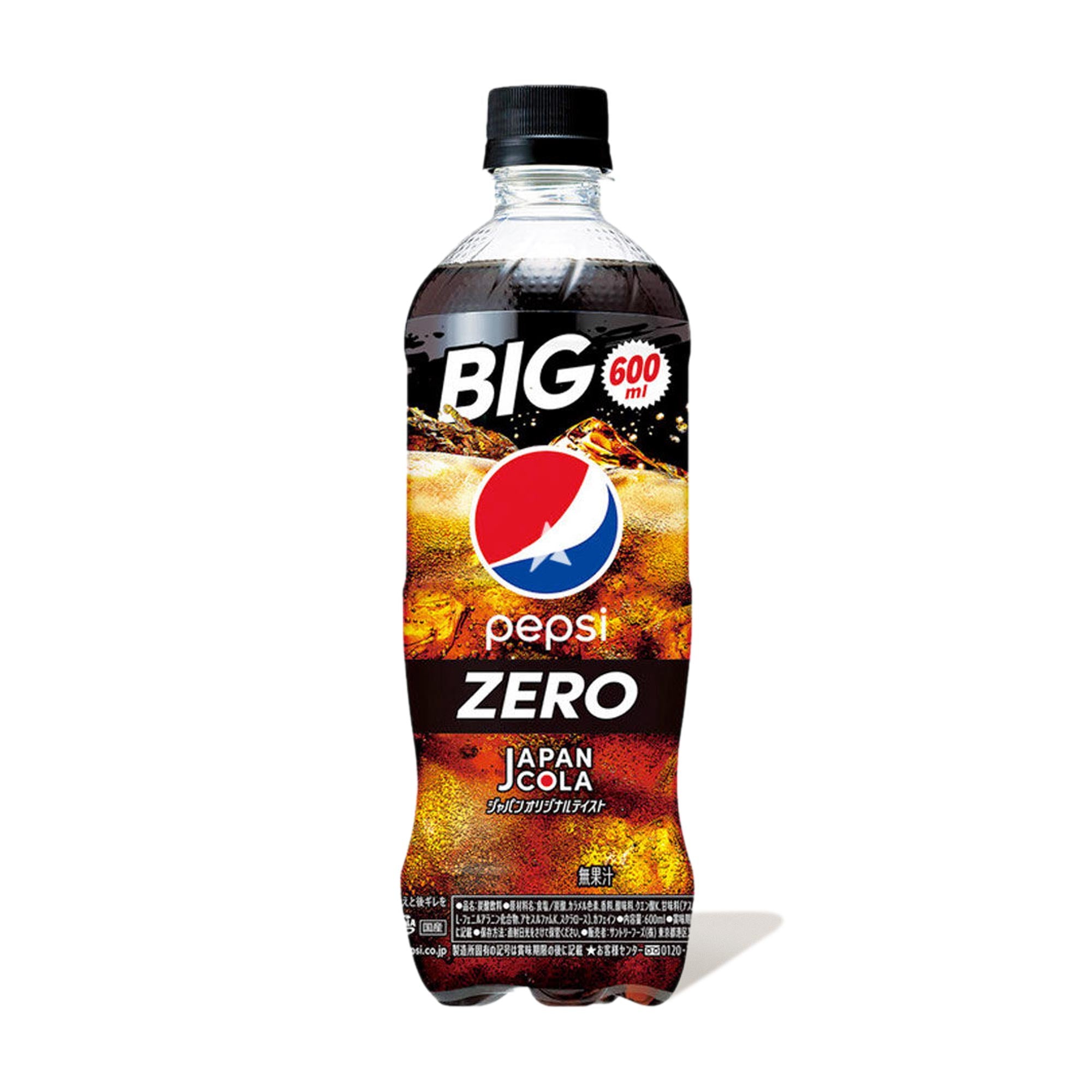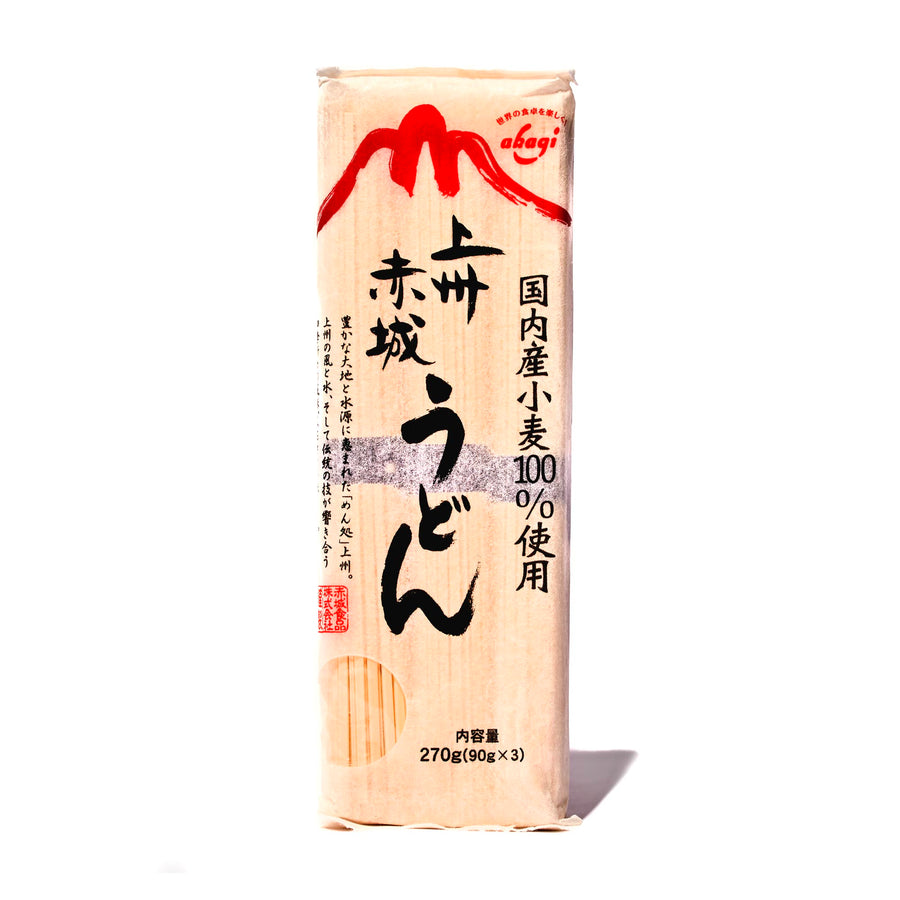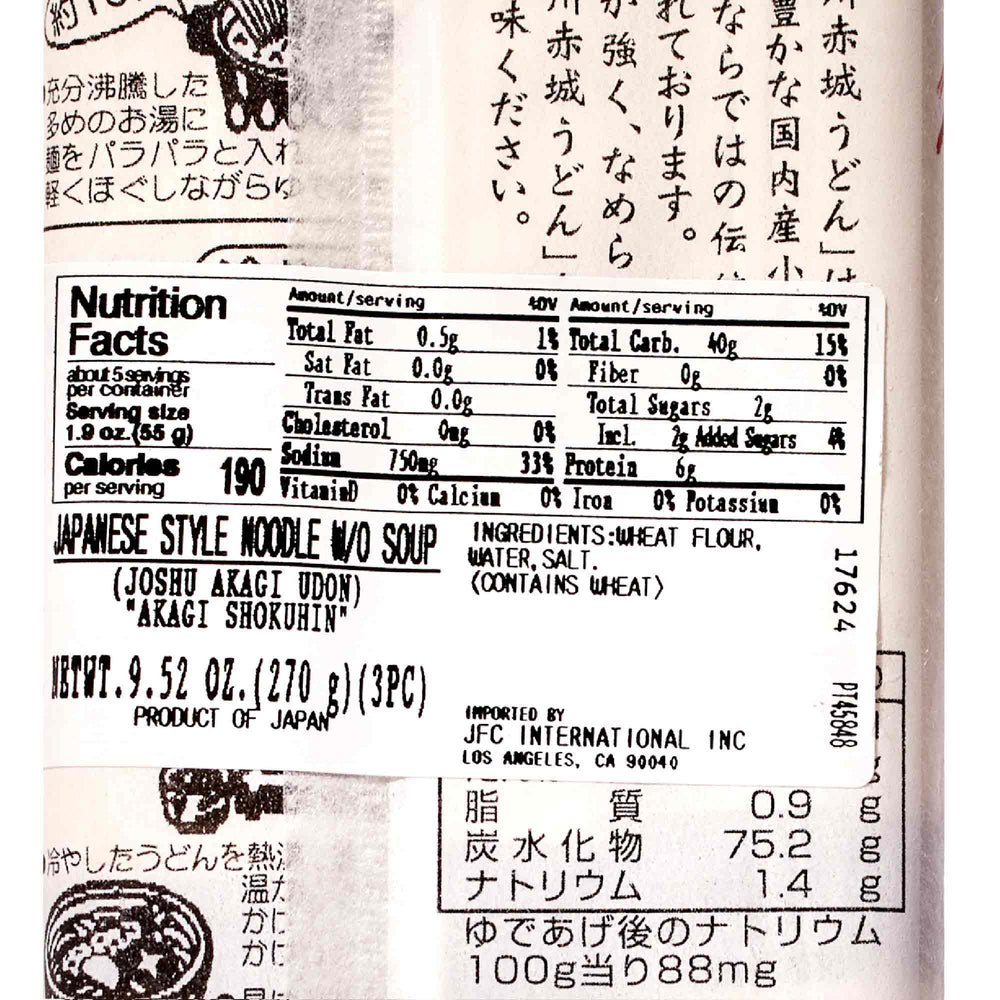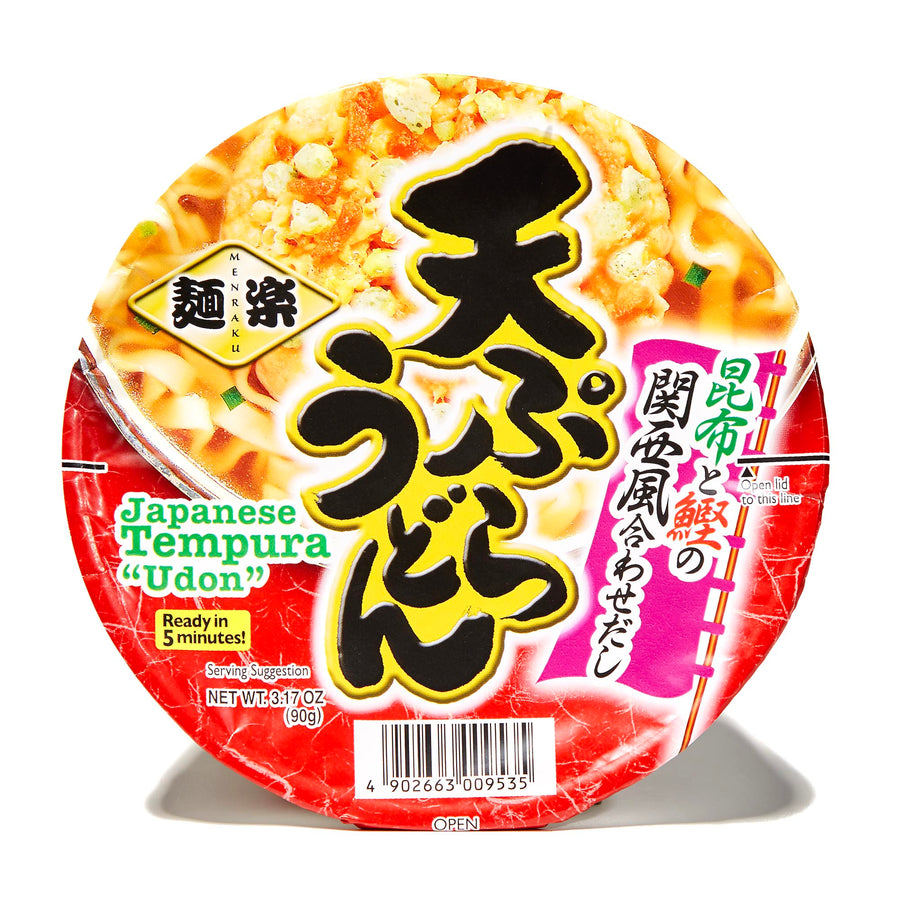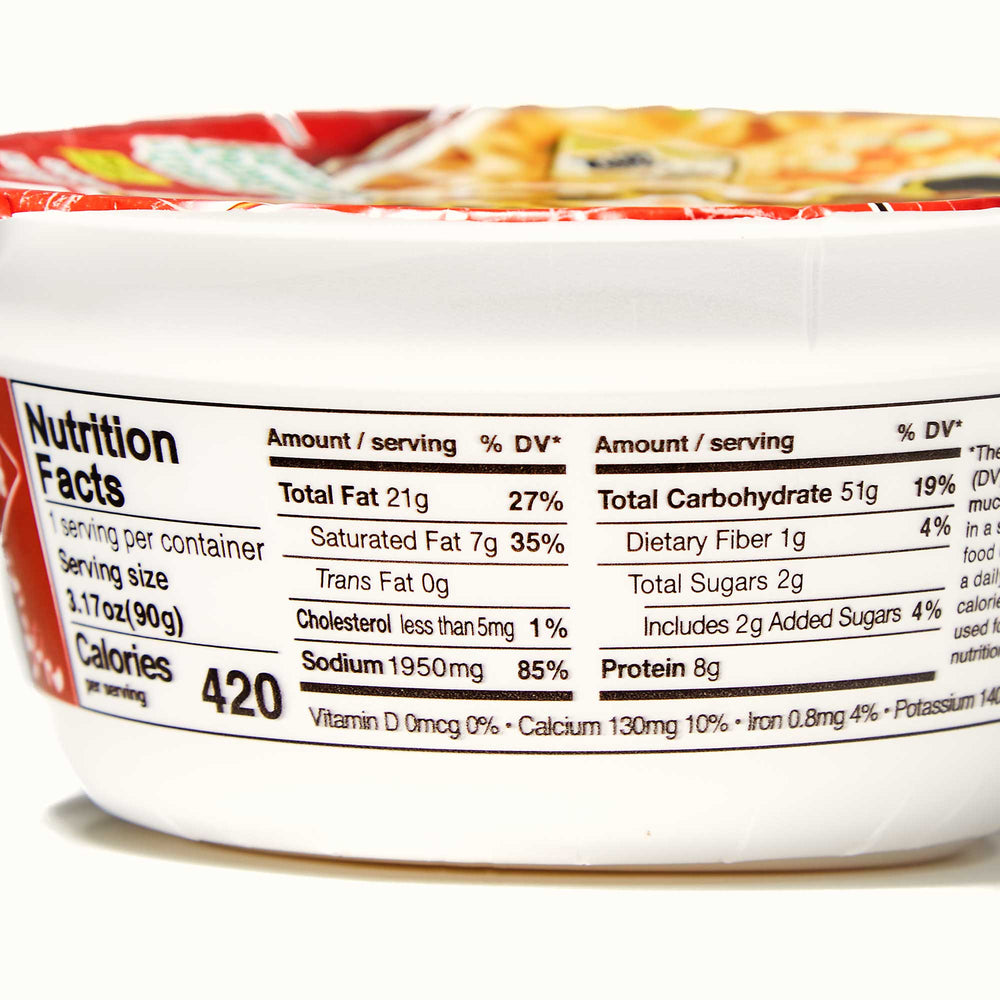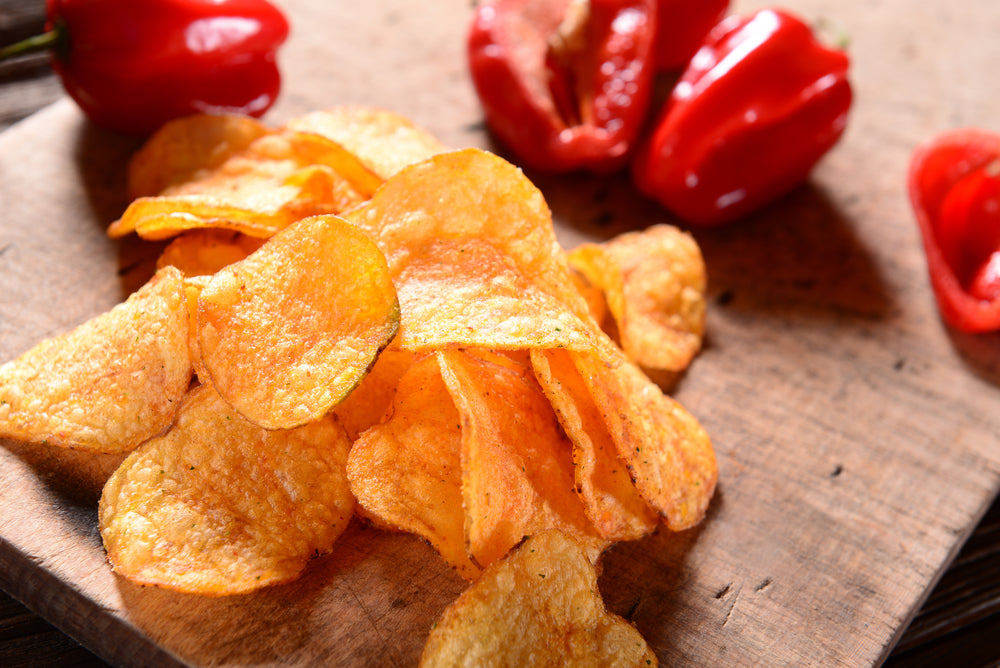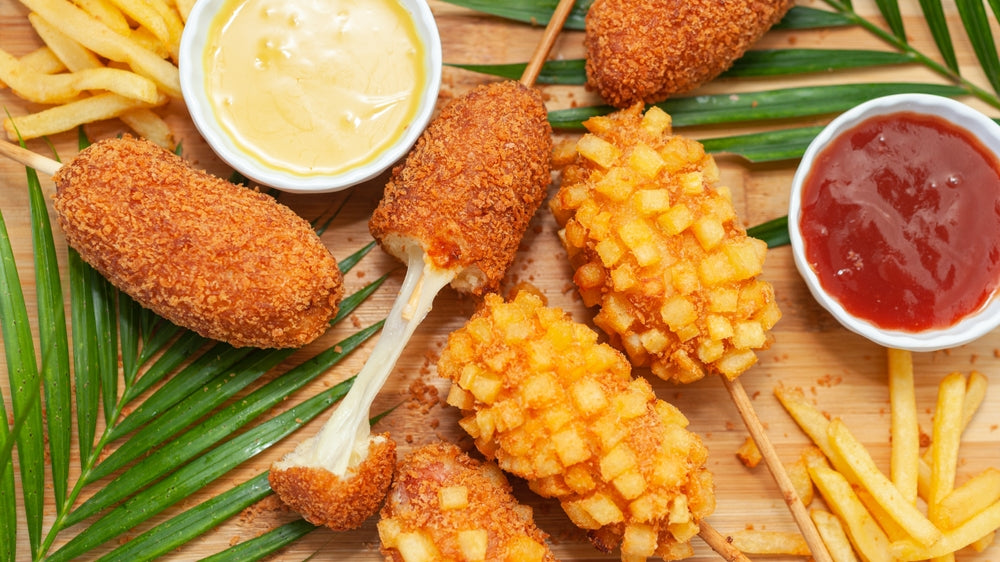Udon Unveiled: Exploring the Versatility of Japan's Beloved Noodles
An epitome of simplicity and a symbol of regional pride, udon is ahead of most of the other types of Japanese noodles. Only ramen and soba rival udon in terms of popularity, not just in Japan but around the globe too.
Ever since its appearance in the Nara period, udon has been a Japanese staple, serving as a family meal and comfort food. What makes it even more fascinating is that it typically consists of simple ingredients like wheat, dashi, and salt, yet it’s considered one of the tastiest Asian noodle soups in the world. Udon noodles are thick and chewy, with a tender texture that allows them to absorb flavors from the broth and transfer them to your taste buds with each bite.
If you’re interested in learning more about udon, you’re in the right place. We’ll cover its basic components, nutrients, types, and more. We’ll also reveal a super-easy recipe for making the dish at home. Let’s dive in!
What is Udon? Understanding the Basics
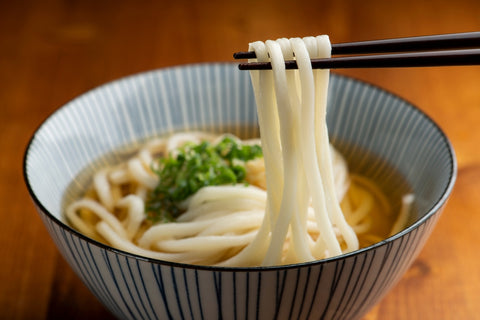
Udon is a thick and chewy Japanese noodle made from wheat flour, salt, and water. There are several ways to serve udon, but the most common version, kake udon, is served in a dashi-based broth mixed with soy sauce and mirin.
Toppings for udon include green onion, kakagie, kamaboko, shichimi, and prawn tempura. The type of broth mostly differs by region. Eastern Japanese udon broth tends to use dark soy sauce (koikuchi), while light soy sauce (usukuchi) is more common in the West.
With a width of four to six millimeters, udon noodles are thicker than most of the other types of Japanese noodles, including ramen and soba. They’re white in color, lighter than soba. In terms of taste, udon is more subtle, offering a mild flavor that lends the spotlight to the broth and toppings.
You can see for yourself by getting authentic udon noodles from Bokksu Market. Akagi Joshu Udon is made from premium materials, and you can use it to make different kinds of udon, which we’ll discuss later in this post.
The History of Udon: From Origins to Modern Day
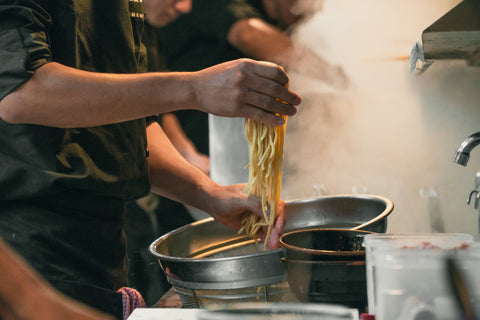
Udon’s origin in Japan is shrouded in mystery and debate. However, there has been enough evidence to suggest that it originated in China and was brought to Japan in the Nara period (710–784). It became a favorite among many Buddhist monks in the country, but was still inaccessible to the average Japanese citizen.
Udon didn’t become a popular dish until the Edo period (1603–1868), when households began to cook and eat it on a daily basis. Different regions started making their own versions of the noodles, a practice that led to the regional varieties we see today.
Advancements in milling technology served to increase udon production across the country, with Nongshim, Nissin, and other companies making the noodle even more accessible. Tourists and Asians in the diaspora who enjoyed udon in Japan have taken the noodles abroad with them. As a result, the US, UK, and several European countries have countless households and restaurants that serve udon.
The Nutritional Benefits of Udon
Feel free to use udon as part of a balanced diet. It’s a rich source of protein, fiber, and a variety of essential nutrients. Below are some of the potential health benefits of eating udon.
-
Weight management: High-quality udon noodles contain complex carbohydrates. These types of carbs have a higher fiber content than simple carbohydrates. Hence, it takes the body more time and energy to digest them. That makes complex carbs ideal for people looking to lose weight. They are also better for managing diabetes.
-
Disease prevention: The rich fiber content of whole-wheat udon noodles prevents constipation and helps the intestines function better. Eating high-fiber foods like udon makes you less likely to develop diseases like colon cancer.
-
Easy digestion: The simple ingredients in udon and the lack of fatty additives mean the food is light enough to digest quickly. Many scientists also suggest that the kneading process used to make udon is another reason for its easy digestibility.
-
Stress reliever: Udon contains impressive amounts of thiamine (vitamin B1) and niacin (vitamin B3), two types of vitamins that are known for their stress-relieving properties. They boost the immune system and make the body more resistant to stress factors. Niacin also helps to reduce inflammation and improve blood circulation.
Types of Udon Dishes: A Culinary Journey
Udon is famous for its versatility. There are a thousand and one ways to enjoy the dish, from hot to cold and from boiled to stir-fried. But when trying to classify the noodle, it’s easier to do it according to how udon is served, which is either hot or cold.
Hot udon types are mostly eaten during the winter. They include the following:
-
Kake udon
-
Yaki udon
-
Kitsune udon
-
Tanuki udon
-
Niku udon
-
Tempura udon
-
Stamina udon
-
Tsukimi udon
-
Miso-nikomi udon
-
Curry udon
-
Kama-age udon
Cold udon types are popular summer meals. They include the following:
-
Zaru udon
-
Hadaka udon
-
Kijōyu udon
-
Bukkake udon
Each variant has its own unique preparation methods and ingredients. For now, let’s explore the two most common versions: kake udon and yaki udon.
Kake Udon: The Essence of Simplicity

Kake udon is the most common type of udon. It’s also the most basic, consisting of only udon noodles in hot dashi broth with a few toppings. Some kake udon noodle soups don’t contain any toppings other than a light green onion garnish. The most appealing traits of kake udon are its broth-based simplicity and comforting umami flavors.
Yaki Udon: Stir-Fried Noodles with Flavor
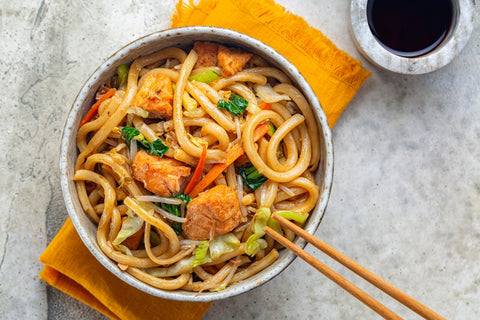
Yaki udon is stir-fried udon noodles served alongside meat and vegetables. Most yaki udon stir-fry recipes involve adding barbecue sauce as an ingredient and topping with bonito flakes (katsuobushi), rice vinegar, and pickled ginger. The yaki udon recipe is a lot like making yakisoba because it involves the same stir-frying technique using wheat flour noodles.
Making Udon at Home: A Simple Guide
The first step to learning how to make udon noodles is to understand it’s three main components:
Udon Noodles

The heart and soul of the dish, udon noodles, are typically chewy and thick. They come in two distinct types: fresh or frozen udon noodles and dry udon noodles. You can buy either from the grocery store.
If you’d rather make udon noodles from scratch, we’re here to help. All you need is some flour, water, and salt. Follow the steps below to make the chewy noodles:
-
Gather ingredients in this weight ratio. Wheat flour (20): Water (9): Salt (1). That means for 100 g of wheat, you’ll need about 45 g of water and 5 g of salt.
-
Add flour to a large bowl.
-
Mix salt in a bowl of water and pour the salted water over the flour. Mix thoroughly with your hand until there is no dry dough.
-
Place the dough in a plastic air bag and leave for 30 minutes.
-
Knead the dough with your legs several times until it’s soft.
-
Leave the dough for another 2 to 3 hours.
-
Flatten the dough with your hands and then roll it out using a rolling pin.
-
Cut it into strips of noodles.
-
Cook the udon noodles in a pot of boiling water.
-
You can store uncooked udon noodles in an airtight container placed in the refrigerator until you’re ready to use.
After cooking and draining udon noodles, you need to rinse out the starch using cold and running water. This will help the noodles achieve the characteristic chewy texture.
Broth
A typical udon broth or soup is made from dashi, a Japanese soup stock. It also includes several condiments, such as soy sauce, sake, salt, sugar, and mirin.
You can make dashi soup from scratch using edible kelp (kombu) and bonito flakes (katsuobushi) by allowing them to steep in water for several hours or brewing them for a few minutes. However, the process can be time-consuming.
A faster option is to use a store-bought dashi packet or powder. Follow the instructions on the packaging and then season the soup with condiments to taste.
Toppings
Udon doesn’t require fancy toppings to taste great. Remember, the dish’s appeal is in its simplicity. You only add toppings after you’ve cooked the udon noodles and broth. Besides green onion, other basic toppings for udon soup include the following:
-
Fish cake (kamaboko)
-
Japanese spice mix (shichimi)
-
Katsuobushi
-
Raw or soft-boiled egg
-
Kakiage
-
Wakame seaweed
-
Kombu
Frozen Udon Noodles: Convenience without Compromise
Making udon from scratch is fun and allows you to be more creative with your dish. However, there’s something to be said about noodle packs like Myojo Jumbo Udon that are ready in only a few minutes. Frozen udon noodles also fall into that category. They will save you a lot of time and energy without sacrificing quality or nutrients.
Freshly cooked udon noodles are flash frozen and sold in stores as frozen udon noodles. After buying them, all you have to do is remove the noodles from their packaging, allow them to thaw, and heat them in a microwave or pot to restore them to their delicious state. Most of them take a minute or two to cook.
Frozen udon noodles have firmer and chewier textures than dry versions. Their freshness also makes them a better option for many noodle enthusiasts. Don’t forget to rinse the starch off the cooked noodles, like we discussed earlier.
Instant Udon Noodles: Quick and Comforting Meals in Minutes
Another great way to enjoy udon on the go is to stock up on instant udon noodles, which are dry, microwavable products that come with their own dashi packets. They serve as pre-cooked, quick-prep meals, perfect for busy days or when you need comfort food fast. Most of them are simple, allowing you to customize your meal with toppings of your own.
The type of instant udon you buy will determine what toppings to add. For example, a Myojo Udon Bowl tastes fantastic when topped with green onions, shrimp, and kamaboko.
Udon Toppings and Accompaniments
Adding toppings and side dishes will enhance the flavors in your udon. We’ve created a list of the best toppings and accompaniments for modern tempura.
-
Scallion: Also called green onion, this is the most basic of all udon toppings. It adds a spicy flavor and a milder taste than regular onions. You’ll mostly find it on top of kake udon.
-
Tempura: This is a side dish of seafood or vegetables coated in batter and deep-fried. It serves as the main topping for tempura udon. Get a taste of this noodle by trying the Hikari Menraku Udon Bowl.
-
Tofu: Deep-fried tofu makes a great addition to udon noodles and is the inspiration for kitsune udon, considered by enthusiasts to be a food for the gods. Maruchan Akai Kitsune Udon comes with a hearty serving of fried bean curd, which is similar to thin tofu skin.
-
Narutomaki: This is a type of kamaboko, or fish cake, and a popular topping for various kinds of udon.
-
Egg: Raw eggs can be mixed with the broth to create tsukimi udon. If you don’t like your eggs raw, you can top udon with soft-boiled eggs (ontama bukkake udon).
-
Beef: This is another common topping. Niku udon uses stir-fried beef seasoned with sake, soy sauce, and mirin.
Pairing Udon with Other Japanese Dishes
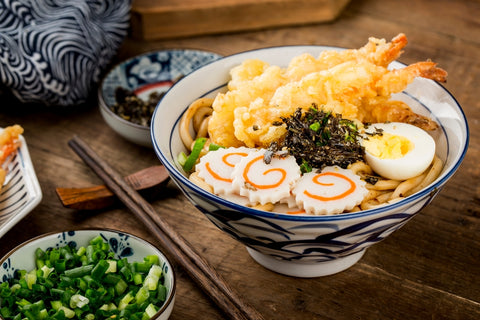
Next, we’ll suggest Japanese dishes that pair well with udon for a complete, balanced meal.
-
Onigiri (plain rice balls)
-
Karaage (crispy fried chicken)
-
Aemono (traditional dish of fried vegetable mixture)
-
Shrimp tempura (deep-fried shrimps coated in batter)
-
Nukazuke (pickled vegetable dish)
-
Chirashizushi (scattered sushi)
-
Inarizushi (sushi in deep-fried tofu)
-
Natto (fermented soybean)
Udon Across Cultures: Fusion and Innovation
Today, udon has been adapted and reinvented in various cuisines around the world. In India and Indonesia, curry udon is a local favorite; however, it’s quite different from the Japanese version because of the use of South Asian spices, kecap manis (sweet soy sauce), and sambal (Indonesian chili sauce).
Several Italian restaurants in Europe and North America now offer udon noodles as an alternative to spaghetti. This has led to the birth of fusion dishes like udon carbonara and noodles topped with basil and tomato sauce. Even Korea is not left out, with kimchi-flavored udon noodles like the Hikari Menraku Spicy Kimchi Jjigae. Other fusion dishes use gochugaru (Korean chili flakes).
Marugame Udon: A Benchmark in Udon Excellence

It would be unfair to discuss the rise in popularity of udon without mentioning Marugame Udon, a chain of Japanese restaurants. Marugame Udon began as a chain of restaurants in Japan serving traditional noodle dishes. Today, they have over 780 restaurants outside of the country.
You can find a Marugame Udon outlet in the United States, Australia, Canada, the United Kingdom, Russia, China, Korea, Indonesia, and many more countries. Each restaurant, no matter the location, focuses on offering handcrafted and authentic Japanese udon dishes, which is the main reason for the company’s massive success.
Where to Find the Best Udon: Restaurants and Markets
Looking for your next bowl of spicy udon? You can find instant, frozen, or dry versions in local stores, supermarkets, and Japanese restaurants. You may also use the most convenient method: online shopping. Visit Bokksu Market and choose from a wide variety of udon noodle packs. You can expect only high-quality and authentic products. We also offer ingredients for making udon at home, including dashi packets, tempura, soy sauce, and wheat flour.
The Enduring Appeal of Udon Noodles
With a delicious taste that appeals to an international palette, udon is on its way to global dominance. Its versatility only serves to increase its popularity, as people with dietary restrictions are always happy to have options. If you haven’t tried it before, we highly recommend that you treat yourself to a bowl of udon and find out why it’s a global phenomenon.
Author Bio


